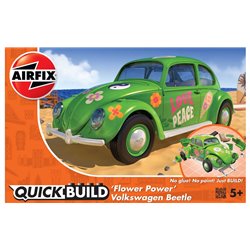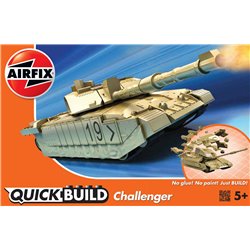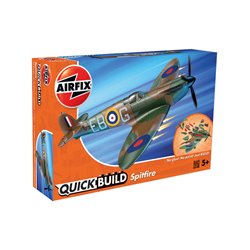Static grass puffer bottles work by manually charging model grass fibres with static electricity. When the charged...
No products
Product successfully added to your shopping cart
There are 0 items in your cart. There is 1 item in your cart.
Search Tips
At what age can my child start building kits?
Starting scale modelling can be a wonderful and educational hobby for children. The appropriate age to start largely depends on the complexity of the models and the child's individual skills and interests. Here are some general guidelines:
5-7 Years Old: At this age, children can start with simple snap-together kits. These kits do not require glue or advanced skills, making them a good introduction to the hobby. Supervision is still needed to ensure they don't lose small parts or become frustrated.
8-12 Years Old: Children in this age range can start working with more detailed kits that might require glue and paint. They can handle more complexity and have better fine motor skills. Adult supervision and assistance might still be required, especially for handling sharp tools or small, delicate parts.
13 Years and Older: Teenagers can generally work independently on most scale models, including those requiring more advanced techniques and tools. They can understand and follow detailed instructions, use precision tools safely, and have the patience for more complex projects.
Consider the following when deciding if your child is ready:
- Interest and Patience: Does your child show a genuine interest in the hobby and the patience to sit and work on detailed projects?
- Fine Motor Skills: Does your child have the dexterity to handle small parts and tools safely?
- Supervision and Safety: Are you available to supervise and assist as needed, especially with the use of potentially dangerous tools like craft knives?
Starting with simpler models and gradually moving to more complex projects as your child's skills and interest grow is often the best approach. This ensures they remain engaged and do not get frustrated, making the experience enjoyable and rewarding.
Click here to receive the tips weekly in your mailbox. You can unsubscribe at any time.










